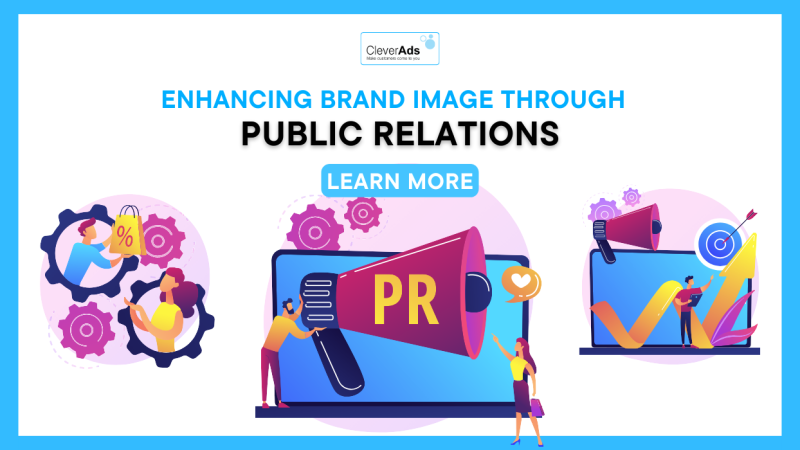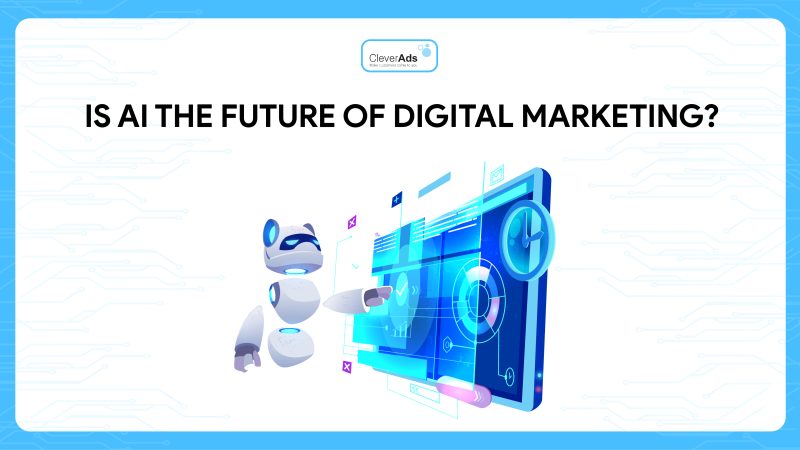What is Contextual Marketing?
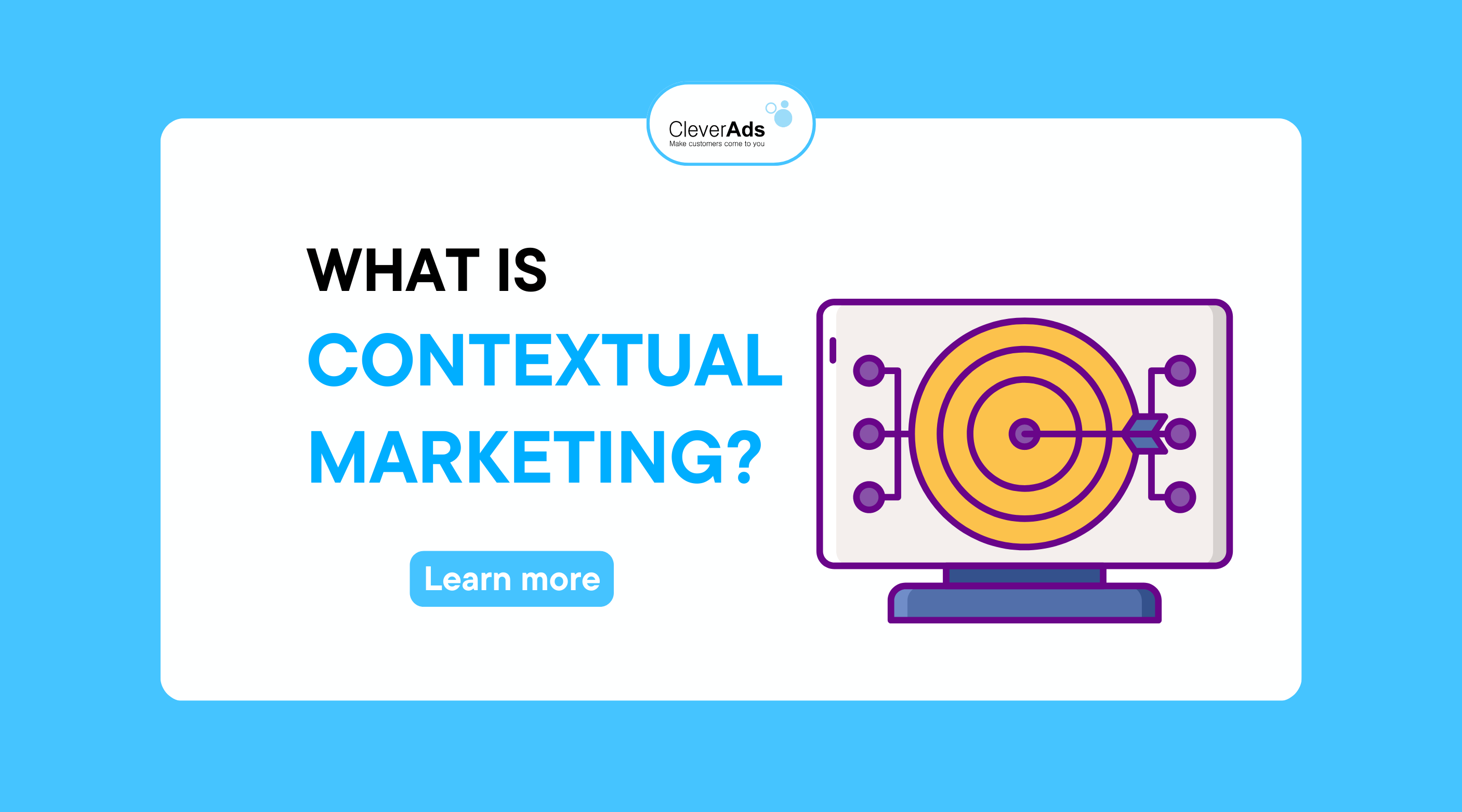
Have you ever wondered why relevant ads appear on seemingly unrelated websites? That’s thanks to contextual marketing. This digital marketing strategy provides users with targeted advertising based on their recent browsing activity. Every time a user searches for something clicks on an ad, or reads an online article, third-party cookies track activity and maintain behavioral records for marketing purposes. So what is Contextual Marketing?
In this article, let’s learn all about the definition of contextual marketing, its benefits, and how to create contextual content.
1. What is Contextual Marketing?
Contextual Marketing is a strategy based on the behaviors and conditions surrounding marketing so that all content is relevant to the person receiving it.
Contextual relevance is not determined by content alone. Timeliness is also important.
For example, let’s say a customer requests an ebook (e-book) about email marketing, but you don’t send it to them until two months later. Although they received the content they requested, the timing of the information made it no longer relevant to the customer.
2. What are the benefits of Contextual Marketing for businesses?
Besides understanding what contextual marketing is, let’s take a look at the four main benefits that this strategy can bring to brands:
- Increase traffic (visits) of the right kind of audience: Contextual Marketing is used to reach exactly the specific customers. By focusing on behavioral and demographic analysis, businesses can capture their leads right before they make a purchase.
- Personalized customer approach: This method works based on the analysis of customer preferences. They are personalized as each user receives the right marketing message at the right time. This technique is much more effective than “attacking” customers repeatedly with irrelevant advertising messages. When customers want, information will come to them.
- Better engagement: Contextual Marketing creates interactions with customers by anticipating their wants and needs and allowing users to participate in the process. Therefore, even when placing products and putting your brand in front of your customers, you can also engage them in discussions about your business.
- Increase profits and sales: Conversion rates and sales increase as your ads are more precisely targeted, tailored, and timed to coincide with your customers’ purchase intention.
3. How to create content that fits the context
After understanding what contextual marketing is and its benefits, the next thing you need to know is how to apply it to your business.
In contextual marketing, your data needs to be timely, and relevant, and you need the authority to create contextual content for that information. Whether it’s a good advertisement, you must follow the same process to get the message across to the customer. Here are some steps that can make it easier for you to create contextually relevant content.
3.1. Define target audience
Defining your target audience is an important part of getting started with contextual marketing. Many brands incorrectly analyze their target audience, which makes their content no longer relevant. Target audience analysis can help businesses reach these people to send suggestions to use similar products. However, businesses need to choose segments carefully based on their goals and the specific characteristics of each target group.

3.2. Selecting a marketing channel
Contextual marketing campaigns often start when businesses put content on a digital platform. Page Social network, typically Facebook, TikTok Instagram has proven to be effective in achieving the contextual marketing goals of different brands. However, the message itself must be clear, unique, and easy to understand so that buyers can access your product.
3.3. Determine the form of the content
Choosing the form of your content, like quiz, video, ad, post, or any other, will help you engage with your audience at the right time and in the right way. Determine if you want to reach a smaller or broader audience. If wider, how much wider? Answering these questions can establish a great foundation for digital marketing for your business.

3.4. Break down barriers in content creation
You must ensure that you create content for a large enough audience. For example, is content only for people living in Hanoi completely relevant to people in Ho Chi Minh City? Avoiding unnecessary restrictions on content will help businesses expand their brand awareness.
3.5. Monitor the effectiveness of your content
Tracking measurable results from content will be an integral part of this process. You need to continuously receive and update feedback from customers to help your brand grow in new markets. Immediately after you publish your content, check the spread of that content, see if it meets the goals that were set out initially, and then change the content so that it is suitable if needed.
4. Some Examples of Contextual Marketing
4.1. Amazon
Amazon leveraged contextual marketing to promote products similar to what the users of the product are searching for. When you open any product page on the Amazon website, a sponsored box will show up with recommendations for similar products.
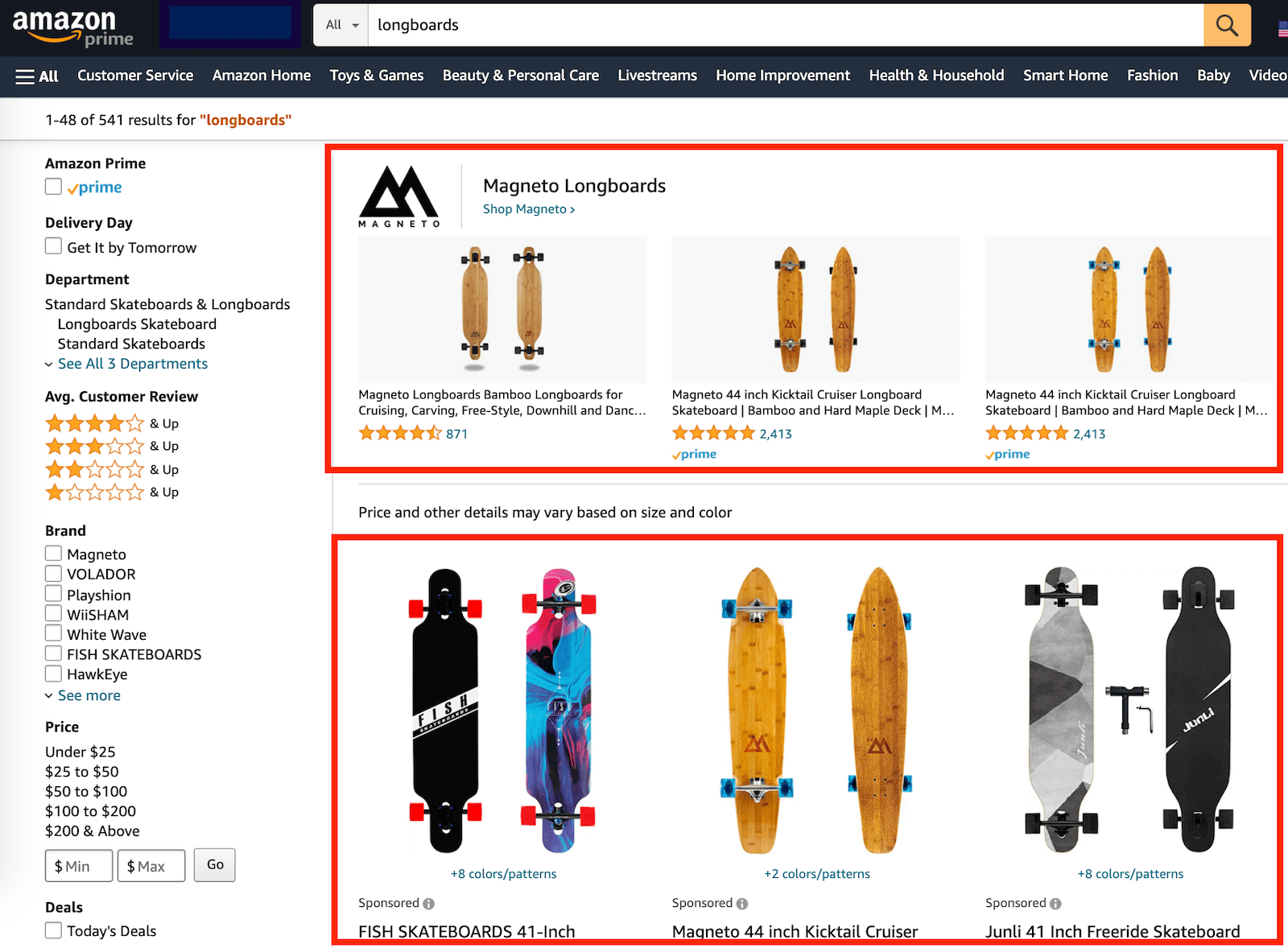
4.2. LinkedIn
The platform allows users to find jobs that match their profile. When you open the job search pages, a column will appear on the screen with job suggestions specifically for you based on the information you provide and your search history on LinkedIn. Such contextual ads benefit both businesses and employees as it helps companies find the right employees, and provide relevant job listings to people looking for jobs on LinkedIn.
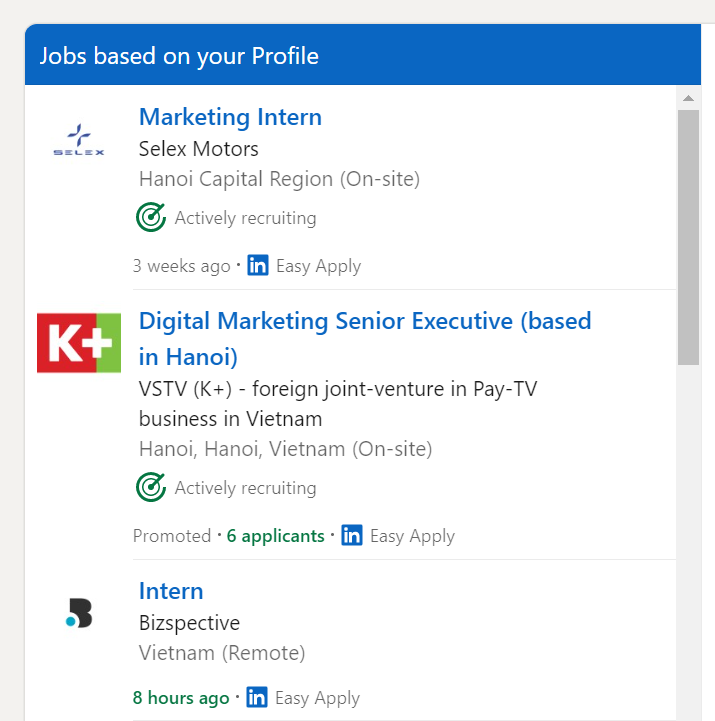
4.3. Tesla
Tesla, Inc. is the company founded by Elon Musk, a pioneer in contextual marketing. Tesla cars outsell Mercedes-Benz by taking advantage of their significantly higher advertising costs than other automakers. This is because Tesla has been able to create dialogues with customers by continuously communicating information about a fossil fuel-free lifestyle, in order to create an important connection with the audience and help create a significant number of loyal customers to this brand.
5. Conclusion
In this article, CleverAds has learned all about what Contextual Marketing is, its benefits, and how to do it for your business. Campaigns Digital marketing helped to globalize the concept of contextual marketing. Nowadays, contextual marketing is used by businesses to deliver superior customer experience by creating user-oriented content with the data collected from them.
With contextual marketing, your business will begin to better understand what information it needs to know to meet the needs of your target customers, thereby establishing a strong relationship between them and your brand.

